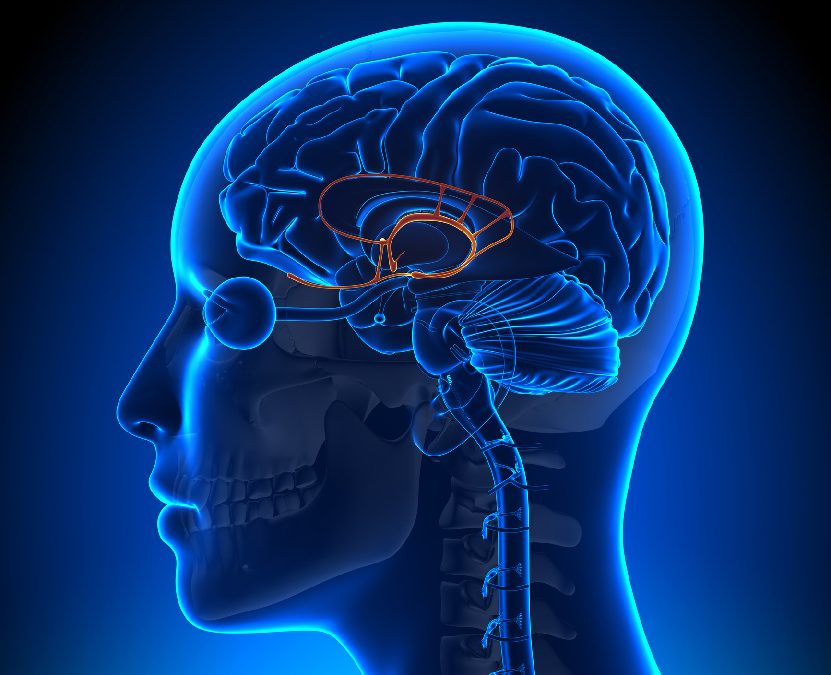To gain a fuller understanding of the connections between the mental and the physical, it is helpful to know a little something about the limbic system. The limbic system is the social and emotional part of the brain, governing attachment, nurturing instincts, learning, implicit memory (preverbal, unconscious), motivation, stress response, and the immune system.
This post is part of our Biology Series about how emotional well being and attachment have a direct impact on biology – including brain development and physical health.
The circuits of the limbic brain are wired together almost entirely by attachment experiences and are altered by stress and trauma. In other words, the neurons of the limbic regions are genetically programmed to connect with one another via early child–caregiver interactions.
Limbic system structures
The primary structures of the limbic system are:
- Amygdala: Regulating emotion, learning, memory, interpreting facial expressions, and fear conditioning, it serves as an “alarm bell” activated by threatening and frightening experiences. It is programmed to respond to fear and potential threat. It is where implicit memory is created and stored, in utero and during the first 18 months of life.
- Hippocampus: This organizes explicit memory, in concert with the cerebral cortex, which allows us to remember facts and autobiographical events consciously. By around age 2, a child is learning language, has conscious awareness, and can remember him- or herself in a specific past event. The hippocampus is also vital to retrieving information encoded in the past; it can become impaired due to chronic stress, which can affect the ability to accurately remember.
- Hypothalamus: Interacting with the pituitary, it regulates the autonomic nervous system and neuroendocrine system by releasing hormones and neurotransmitters, such as oxytocin (the bonding chemical). It regulates primal drives and functions, including hunger, sexual arousal, blood pressure, heart rate, thirst, and the sleep–wake cycle.
- Middleprefrontal regions: Located at the intersection of the brain stem, limbic system, and cortex, they include the anterior cingulate, orbitofrontal cortex, cingulate gyrus, and the prefrontal cortex. These structures play a key role in modulating attention, self-regulation, awareness, and the integration of cognitive and emotional information.
- Thalamus: A major relay station to the cerebral cortex, it sends signals to the brain stem to stimulate the release of norepinephrine throughout the brain, resulting in alertness and arousal.



Trackbacks/Pingbacks